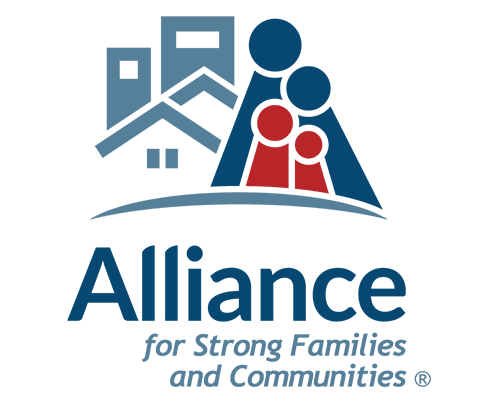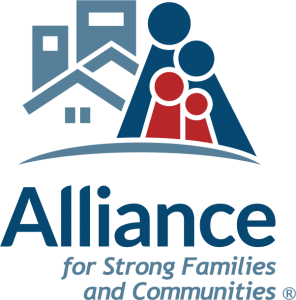Since 2018, there has been significant merger and acquisition activity in the behavioral healthcare field, but why? Individuals are becoming more aware of healthcare issues; there is less stigma about seeking help for mental health struggles; and more effective treatments are now available. This has created increased demand for and use of mental health and addiction treatment services, as well as channeling more funding towards meeting the demand and growing need. Not only this, but as individuals, including professionals, gain understanding of the link between mental and physical wellbeing, more integration of physical and behavioral health care is occurring. So, where does accreditation come in?
There are a number of accrediting bodies that work to ensure providers of substance use disorder treatment and mental health services meet specific, nationally accepted standards, including The Joint Commission, CARF International, Council on Accreditation (a service of Social Current) and others.
Accreditation requirements (standards of safety and quality of care) center around three main areas: documentation, facilities, and people. Documentation standards focus on written plans; polices and procedures; clinical records; and personnel files. For people, standards address not only the care of the persons served, but also those that provide it. Facility standards ensure that the physical environment where care is being provided is safe, healthy, and therapeutic for everyone within. All these standards create stability within an organization, which is a favorable factor in M&A activity.
Achieving accreditation also gives a behavioral health organization a framework for growth and management of their internal resources. It helps to standardize clinical processes and documentation and provides an external validation of the quality of services provided. Accredited organizations will often see increased efficiencies from improved practice consistency, tightened administrative practices, and an increased emphasis on risk management. Because of accreditation requirements, organizations will inevitably have a broader view and a more detailed approach to risk mitigation and risk management than they’re doing on their own.
For an investor looking to acquire a service provider, seeing that a facility is accredited can provide peace of mind. Accreditation indicates that an organization has gone through the work to create a strategic plan, comply with legal and regulatory requirements, and has implemented quality monitoring practices. All of which assist with due diligence, both on the administrative and clinical sides. Investors can also be assured that the facility’s finances are well managed, as accreditation speaks to sound financial management practices. There are even a number of reports that say accreditation reduces staff turnover, which can save an organization money and maintain a high-quality workforce.
Another part of due diligence is examination of litigation and claims history of an organization. Have there been any lawsuits filed or any pending? What is the frequency and severity of claims? Are there identifiable patterns and trends? What steps were taken to reduce the chance of reoccurrence? Accreditation supports this type of investigation by helping to maintain a positive history by proactive identification of risk and finding ways to mitigate or eliminate it where possible. Secondly, it encourages a performance improvement process that requires collection and analysis of key data and then taking action for improvement. Additionally, accreditation promotes a safe and healthy physical environment with requirements for emergency and disaster planning.
If your organization is going through a merger or considering accreditation, you are not alone! Accreditation Guru operates nationwide and provides a number of services to guide you through the process, such as:
- Individual accreditation consultation
- Mock surveys
- Development of accreditation-compliant plans and policies
- Risk assessment
- Strategic planning facilitation
- And more…
If you would like to have a conversation, please feel free to contact us via our website or schedule a free Zoom consultation with one of our experts.
For more information or questions about the contents of this article, please write Peggy Lavin @ peggy@accreditationguru.com. This post contains original content and was written for Accreditation Guru, Inc. Use of this copy is permitted with credit and reference within the same body of copy to Accreditation Guru, Inc.










